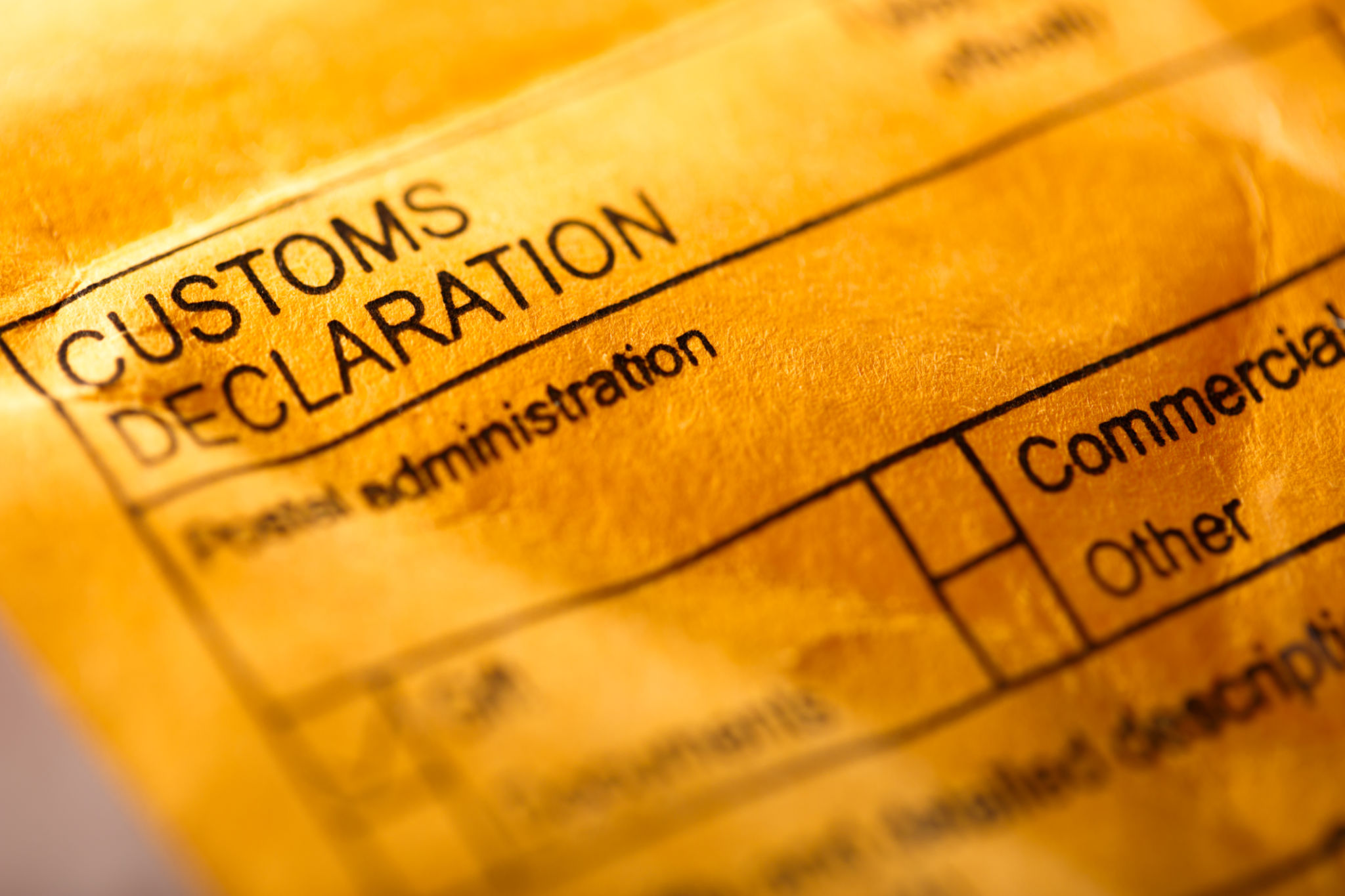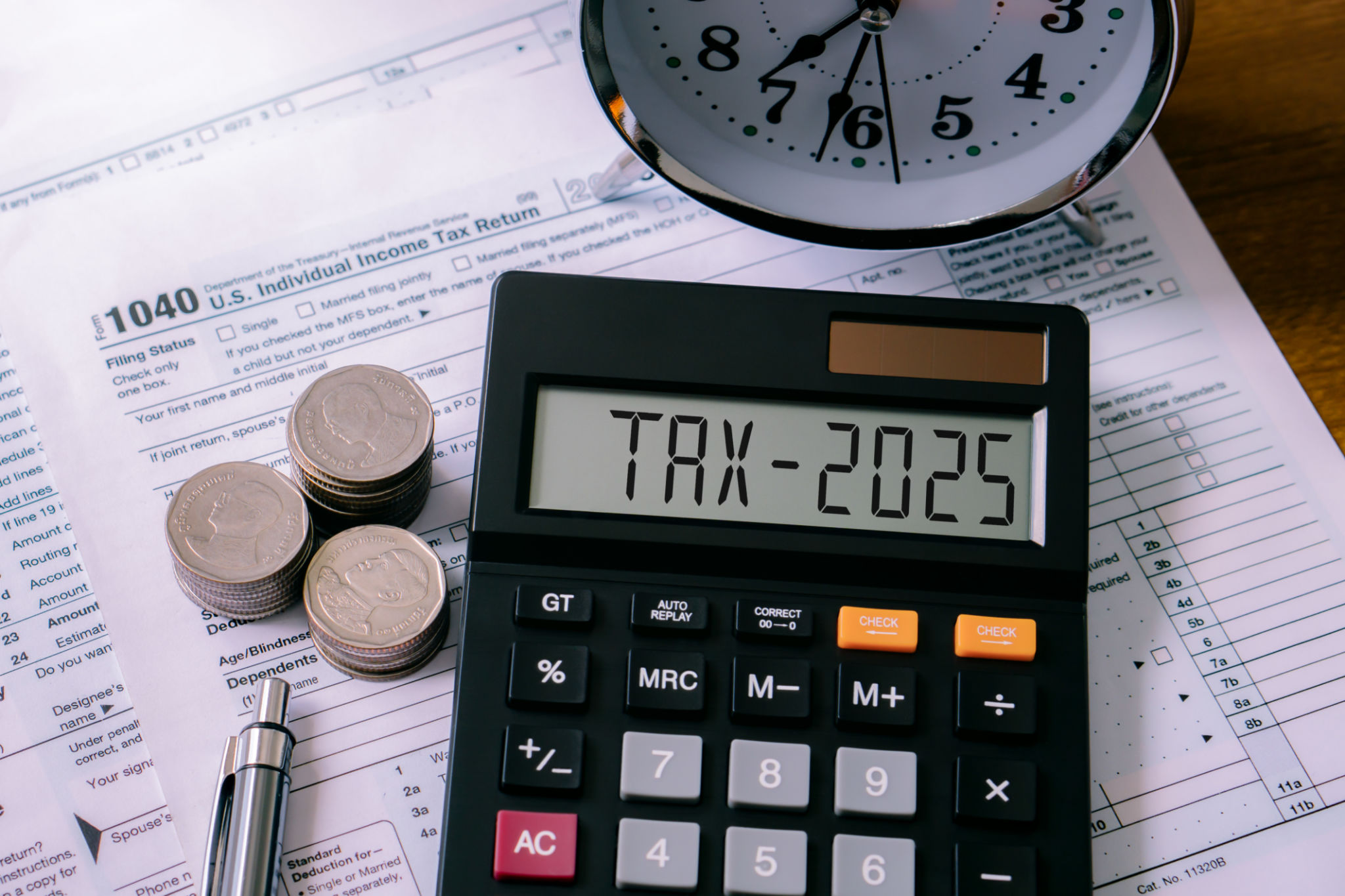Common Custom Clearance Mistakes and How to Avoid Them
Understanding the Basics of Custom Clearance
Custom clearance is a crucial step in the international shipping process. It involves the documentation and procedures required to allow goods to enter or leave a country. Failing to comply with these regulations can lead to costly delays and excess charges. Understanding the basics of custom clearance helps avoid common pitfalls and ensures a smooth transit for your goods.
Many businesses, especially those new to international trade, often find the process daunting due to its complexity and stringent requirements. However, being informed about the common mistakes and how to prevent them can greatly streamline the process.

Incomplete or Inaccurate Documentation
One of the most frequent mistakes in custom clearance is submitting incomplete or inaccurate documentation. Each shipment requires specific documents that need to be filled out correctly. Mistakes such as incorrect tariff classification, wrong valuation of goods, or missing paperwork can lead to significant delays.
To avoid these issues, always double-check your documents before submission. It is advisable to consult with a customs broker if you are unsure about the requirements. They can help ensure that all information is accurate and complete, minimizing the risk of errors.

Failing to Understand Import Restrictions
Every country has its own set of import restrictions and regulations that must be adhered to. Not being aware of these restrictions can cause your goods to be held at customs, or worse, confiscated. This often happens when businesses attempt to ship prohibited or restricted items without proper authorization.
Research the import regulations of the destination country before shipping any goods. Keep abreast of any changes in trade agreements or regulations that might affect your shipments. This proactive approach will help you avoid unnecessary complications.
Underestimating Custom Duties and Taxes
An often-overlooked aspect of custom clearance is the accurate calculation of duties and taxes. Businesses sometimes underestimate these costs, leading to budget overruns and financial strain. Duties and taxes vary widely depending on the product type, value, and destination country.

To prevent this mistake, make use of duty calculators and consult with customs experts who can provide insights into potential charges. Accurate estimation of these costs will ensure that your financial planning remains on track.
Ignoring Changes in Trade Regulations
Trade regulations are subject to change, and keeping up with these changes is vital for compliance. Ignoring updates can result in non-compliance penalties and delayed shipments. Being proactive in understanding current trade agreements and tariff changes is crucial.
Regularly review trade publications and government announcements related to international trade. Engaging with trade associations can also provide valuable updates and insights into regulatory changes.
Conclusion: Ensuring Smooth Custom Clearance
Avoiding common custom clearance mistakes requires diligence and a proactive approach. By ensuring accurate documentation, understanding import restrictions, correctly estimating duties and taxes, and staying informed about regulatory changes, businesses can navigate the complexities of international shipping more effectively.
Investing time in education and consultation with customs professionals can be invaluable in achieving hassle-free custom clearance. By doing so, businesses can focus more on their core operations while ensuring their shipments reach their destinations on time.
